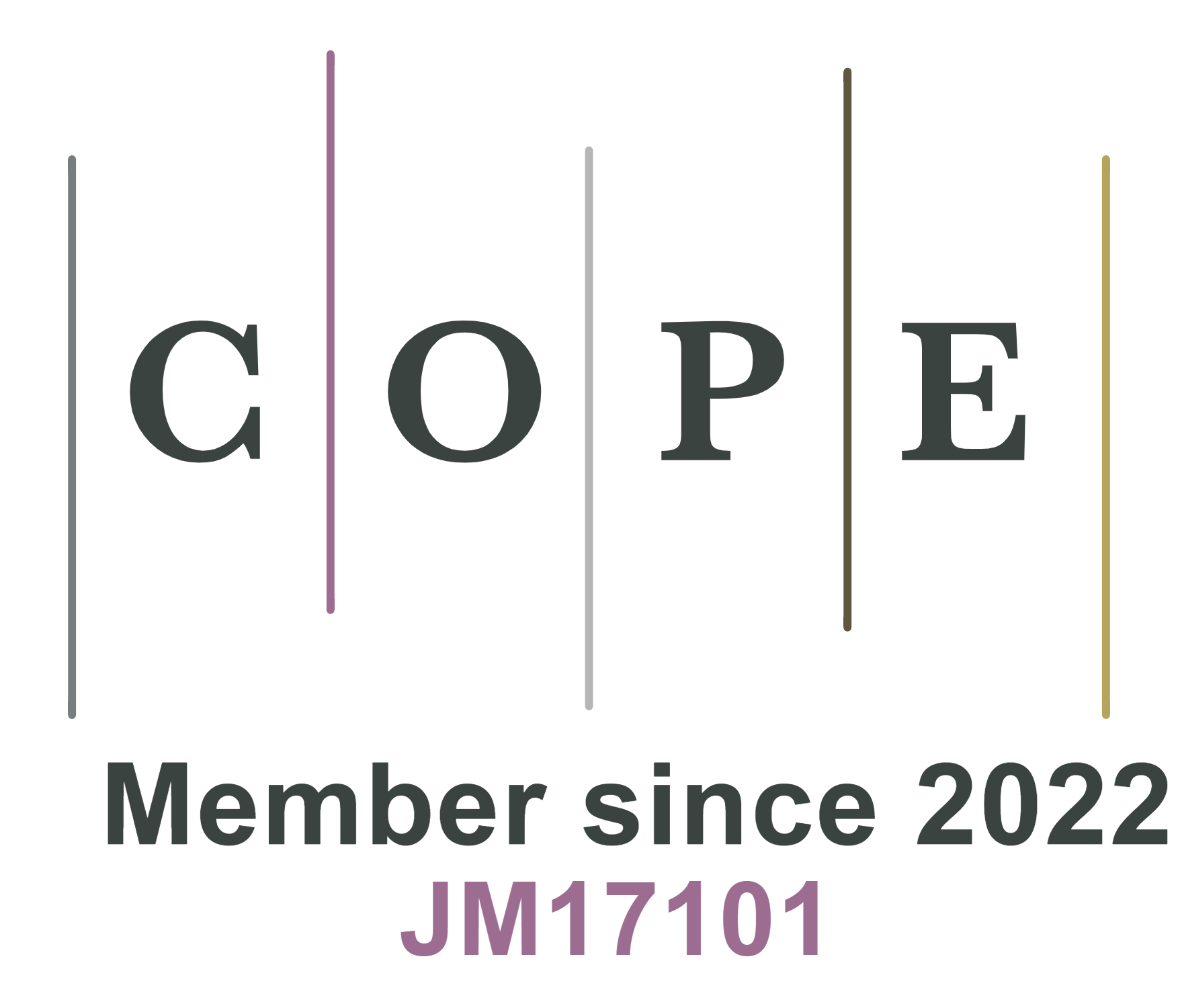fig7
Figure 7. (A) Schematic illustration of the composition and fabrication process of the ionically conductive PVA/AAc/NaCl hydrogel[104]; (B) Tensile curve of 3D-printed dumbbell sample (at a tensile test velocity of 10 mm min-1)[104]; (C) Images of the integrated device featuring two different configurations. At the top, a pouch-sealed supercapacitor and sensor connected via electrical terminals (left), alongside a close-up view of the sealed LIG-hydrogel supercapacitor (right). At the bottom, the supercapacitor is encapsulated directly on the top electrode of the sensor[104]; (D) Printed compression specimens (bulk, honeycomb, stars) and their STL models[104]; (E) Schematic illustration of the GPE printing setup and its key compositional elements[105]; (F) Optical images and false-colored cross-sectional SEM micrographs of the samples captured at various stages of the dip-coating process[105]; (G) Schematic of customizable external geometry and internal 3D interdigitated architecture of 3D-printed EDLSCs[105]. PVA: Polyvinyl alcohol; 3D: three-dimensional; LIG: laser-induced graphene; STL: standard tessellation language; GPE: gel polymer electrolyte; SEM: scanning electron microscope; EDLSCs: electric double layer supercapacitors.










